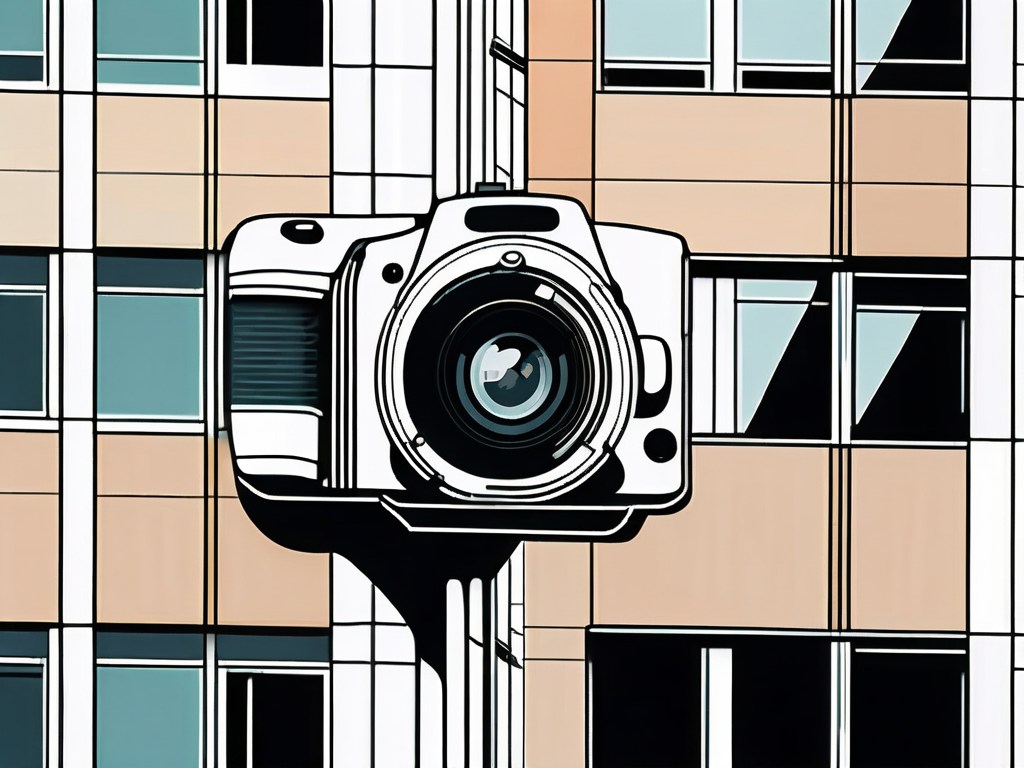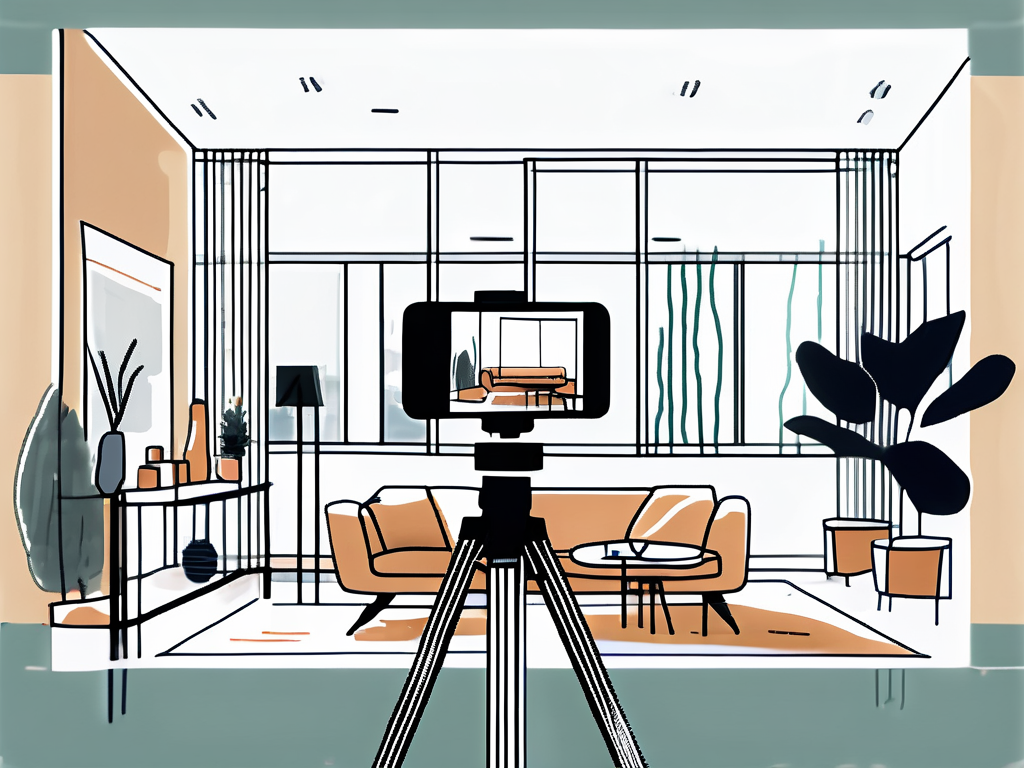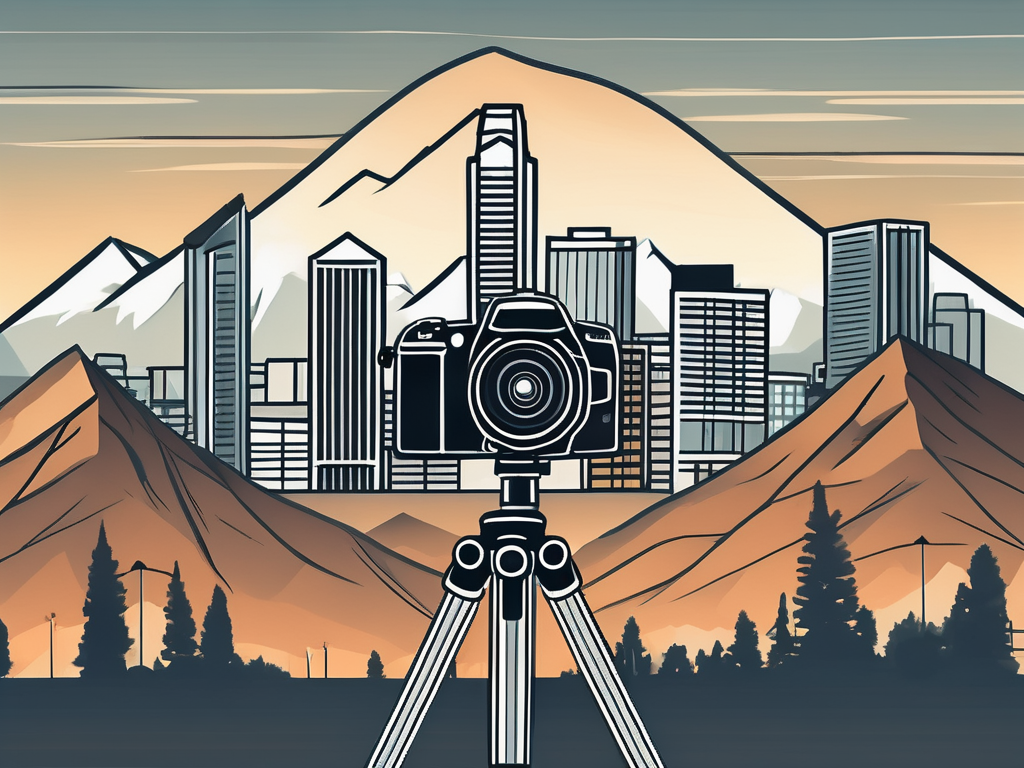Real estate photography plays a crucial role in the success of property sales and marketing. In the fast-paced real estate market of Denver, Colorado, quality photography is more important than ever. To understand why this is the case, it’s essential to recognize the significant role photography plays in real estate marketing.
Understanding the Importance of Real Estate Photography
In today’s digital age, potential buyers heavily rely on online listings and visuals when searching for a new home. A well-crafted photograph can capture the attention of potential buyers and entice them to explore the property further. With the abundance of available homes in Denver’s competitive real estate market, attention-grabbing visuals can make all the difference in attracting potential buyers.
Real estate photography is not just about taking pictures; it’s about telling a story. Each photograph should convey the lifestyle that comes with living in the property, creating a narrative that resonates with potential buyers. From cozy family rooms to luxurious outdoor spaces, every image should evoke an emotional response and spark the imagination of those looking for their dream home.
The Role of Photography in Real Estate Marketing
Photography serves as a primary tool for showcasing a property’s unique features and highlights. Effective real estate photography focuses on capturing the essence of a home, emphasizing its best attributes, and creating an emotional connection with the viewer. By highlighting the key selling points, such as spacious rooms, natural light, or stunning views, photography showcases a property’s value and generates interest among potential buyers.
Moreover, professional real estate photography goes beyond just taking pictures; it involves strategic planning and attention to detail. From choosing the right angles to staging each room for maximum impact, every aspect of the photography process is meticulously planned to ensure that the property is presented in the best possible light. The goal is to not just showcase the physical aspects of the property but also to create a visual experience that resonates with potential buyers on a deeper level.
Why Denver’s Real Estate Market Needs Quality Photography
Denver is renowned for its thriving real estate market, attracting a diverse range of buyers. To stand out in such a competitive market, it is essential to invest in high-quality photography. Denver’s unique blend of modern developments and historic architecture requires real estate photographers to skillfully capture the charm and character of each property.
With its stunning mountain views, vibrant urban neighborhoods, and diverse architectural styles, Denver offers a wide array of real estate opportunities. Quality photography not only highlights the physical aspects of a property but also showcases the unique lifestyle that comes with living in Denver. From outdoor enthusiasts seeking proximity to hiking trails to urban dwellers looking for trendy loft spaces, each photograph should cater to the specific desires of potential buyers in Denver’s dynamic real estate market.
Key Elements of Effective Real Estate Photography
Creating visually captivating real estate photographs involves understanding and implementing various key elements. It’s not only about pointing a camera and clicking; it requires attention to detail, proper lighting techniques, and a keen eye for composition. Real estate photography is a blend of art and technique, where each shot tells a story and showcases the property in its best light.

Effective real estate photography goes beyond just capturing images; it aims to evoke emotions and create a connection with potential buyers. By highlighting the key features and unique selling points of a property, photographers can draw viewers in and make them envision a future in that space.
Lighting Techniques for Property Photos
Lighting is crucial in photography, especially when capturing real estate properties. It is essential to utilize natural light to showcase a property’s warmth and liveliness. Additionally, multiple light sources, such as external flash or softboxes, can help balance light and improve the overall quality of the images. The play of light and shadow can add depth and dimension to photographs, creating a visually appealing result that captures the essence of the property.
Composition Tips for Real Estate Photography
When composing real estate photographs, it’s vital to consider the angles, perspectives, and the overall layout. Capturing the property from various angles allows potential buyers to envision themselves in the space. Including both wide-angle shots and detailed close-ups provides a comprehensive overview of the property, highlighting its unique features. Composition plays a significant role in guiding the viewer’s eye through the image, emphasizing the flow and functionality of the space.
Moreover, incorporating elements of staging and styling can enhance the overall composition of real estate photographs. By arranging furniture, adding decorative accents, and ensuring clutter-free spaces, photographers can create a welcoming atmosphere that resonates with potential buyers. Attention to detail, such as straightening linens, fluffing pillows, and adjusting lighting fixtures, can elevate the visual appeal of the property and make it more inviting.
Challenges in Real Estate Photography in Denver
Photographing properties in Denver presents its own set of challenges due to the city’s unique lighting conditions and diverse architectural styles.

Denver’s real estate market is as diverse as its landscape, offering a mix of historic homes, contemporary apartments, and everything in between. Each property has its own story to tell, and capturing that essence through photography requires a keen eye and an understanding of the local market trends.
Dealing with Denver’s Unique Lighting Conditions
Denver’s high altitude and abundant sunlight create distinct lighting conditions that can impact the appearance of properties. Real estate photographers must adapt to these challenges by employing techniques such as proper exposure compensation and capturing the property during optimal lighting conditions.
The changing seasons in Denver also play a significant role in real estate photography. From the vibrant colors of fall foliage to the snowy landscapes of winter, each season brings a unique charm to properties that photographers must skillfully capture to attract potential buyers.
Capturing Denver’s Diverse Architectural Styles
Denver boasts a rich architectural heritage, ranging from Victorian houses in historic neighborhoods to modern high-rise condos. Photographers must adapt their approach to capture the unique essence of each architectural style, showcasing the distinct features and character of the property.
Furthermore, Denver’s neighborhoods each have their own architectural identity, from the quaint bungalows of Washington Park to the sleek lofts of LoDo. Understanding the history and design elements of each neighborhood is crucial for real estate photographers to effectively showcase the properties within their specific context.
Hiring a Professional Real Estate Photographer in Denver
While some may consider photographing their properties themselves, hiring a professional real estate photographer offers numerous benefits. Professional photographers bring a level of expertise and skill that can truly make your property shine in listings and marketing materials. Their knowledge of lighting, angles, and composition can highlight the best features of a property, making it more appealing to potential buyers.
Additionally, professional real estate photographers often have access to high-quality equipment and editing software that can enhance the final images of your property. This attention to detail and professional touch can set your listing apart from others on the market, ultimately helping you attract more interest and potentially sell your property faster.
What to Look for in a Professional Photographer
When hiring a photographer, it’s crucial to consider their experience, portfolio, and knowledge of the local real estate market. A professional with a keen eye for detail, composition, and lighting techniques can effectively capture a property’s true potential, attracting potential buyers. Look for photographers who have experience specifically in real estate photography, as they will understand how to showcase the unique selling points of a property.
Furthermore, it’s beneficial to review a photographer’s portfolio to ensure their style aligns with your vision for how you want your property to be presented. By choosing a photographer who understands your goals and has a track record of producing high-quality real estate images, you can feel confident in their ability to represent your property in the best possible light.
Cost Considerations When Hiring a Photographer
While cost is a factor to consider, it’s important to remember that professional photography is an investment in the successful sale of your property. The expertise and quality provided by a professional photographer can significantly impact your selling potential. Keep in mind that the cost of hiring a professional photographer is a small percentage of the overall selling price of your property, but the impact of high-quality images can be substantial.
When evaluating the cost of hiring a photographer, consider the potential return on investment. Professional photos can help your property stand out in a competitive market, attract more potential buyers, and potentially lead to quicker sales. By viewing professional photography as a strategic investment in the sale of your property, you can make a well-informed decision that benefits you in the long run.
DIY Real Estate Photography Tips
For those on a tighter budget, do-it-yourself real estate photography can be a viable option. With the right equipment and techniques, homeowners can effectively capture their property’s best aspects.

Essential Equipment for DIY Photography
When embarking on DIY real estate photography, it’s crucial to have the right equipment. A wide-angle lens, tripod, and external flash are essential tools that can enhance the quality of your photographs, creating enticing visuals for potential buyers.
Post-Processing Techniques for Property Photos
Post-processing is an integral part of real estate photography. With the help of editing software, homeowners can enhance their images by adjusting exposure, colors, and other elements to create attractive and visually appealing photos.
In conclusion, real estate photography plays a significant role in Denver’s competitive housing market. Investing in professional photography or utilizing effective DIY techniques can greatly impact a property’s appeal to potential buyers. By understanding the importance of high-quality visuals and applying the key elements of real estate photography, sellers can effectively market their properties and increase their chances of a successful sale in Denver’s dynamic real estate market.
